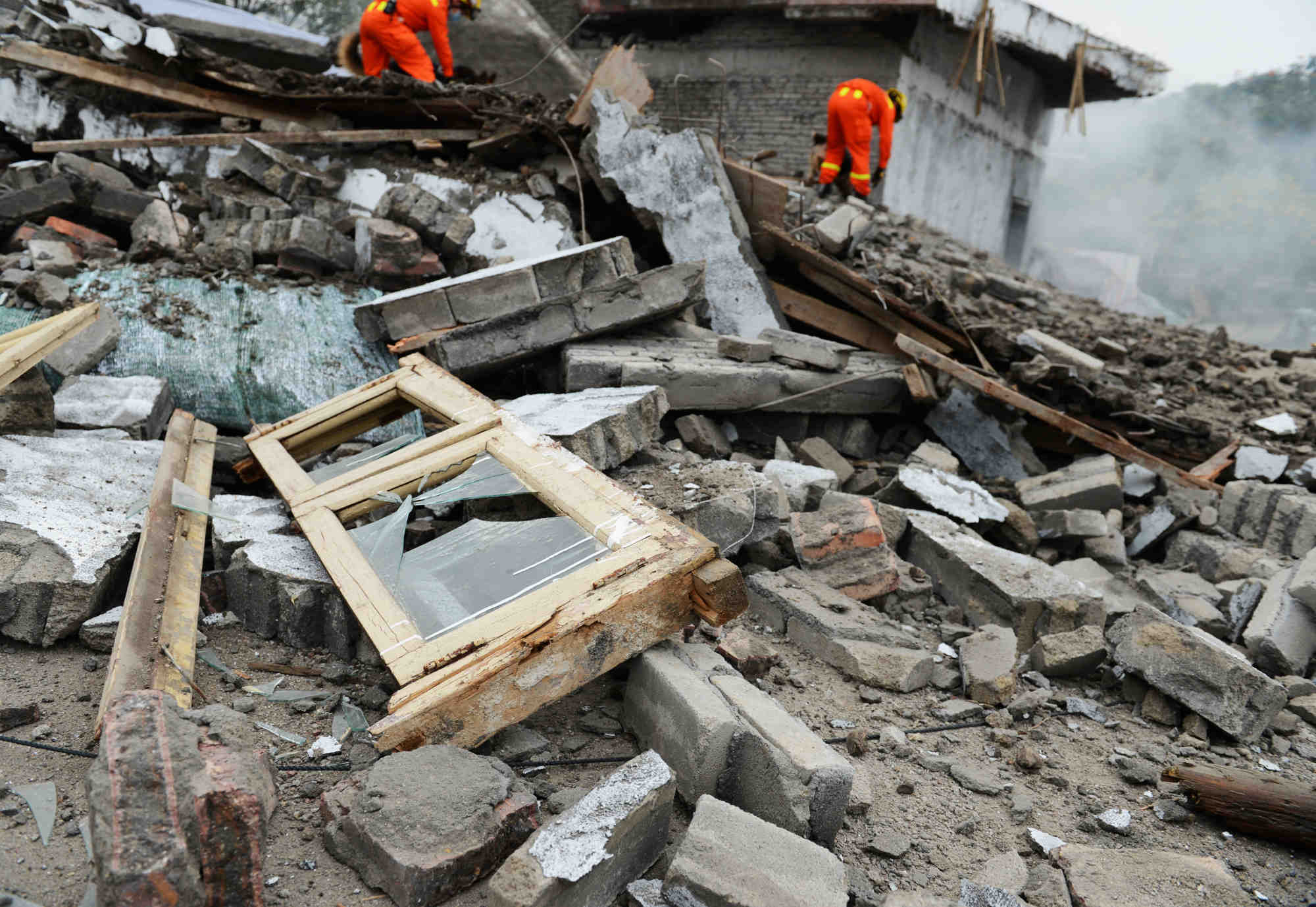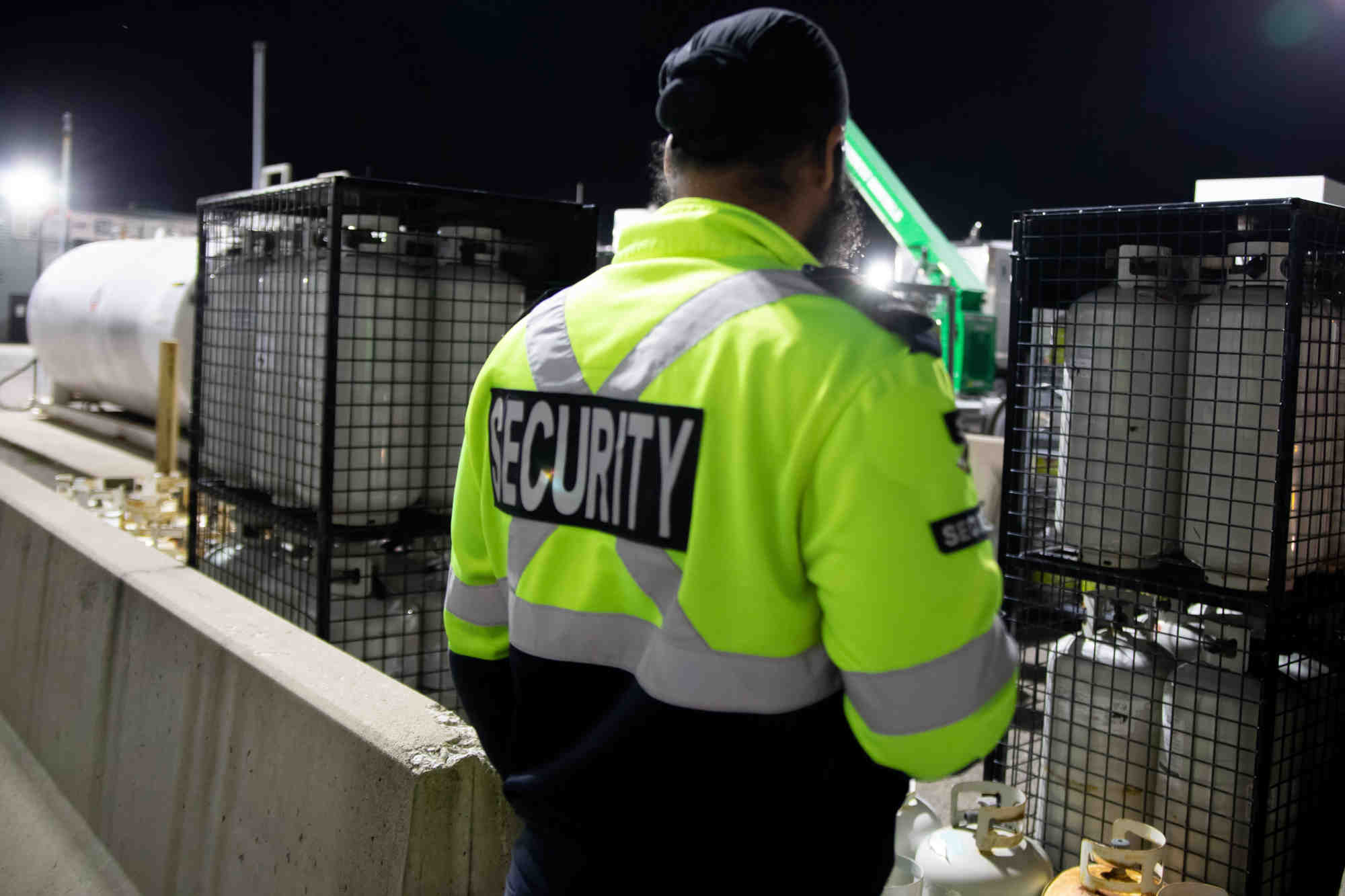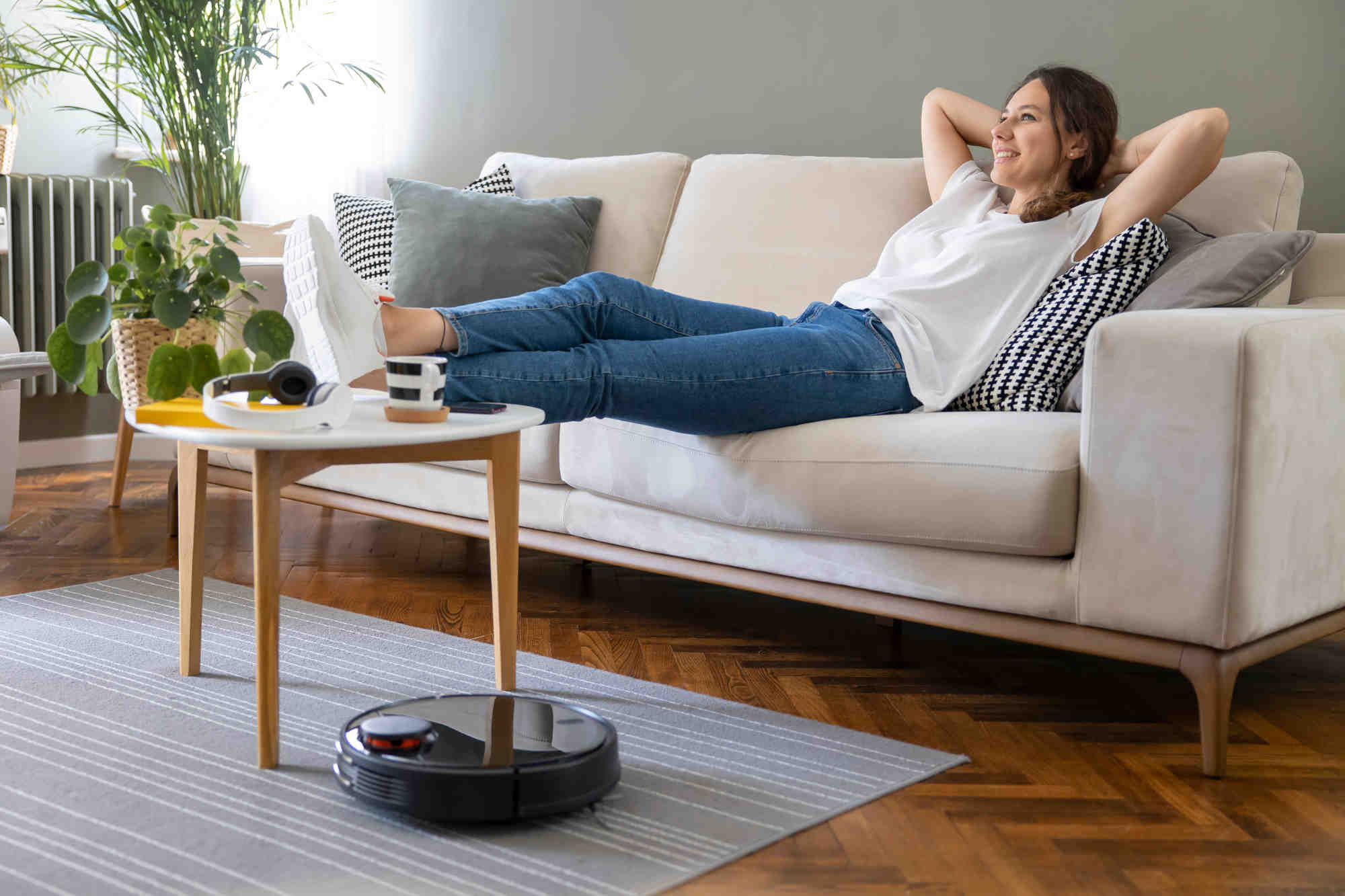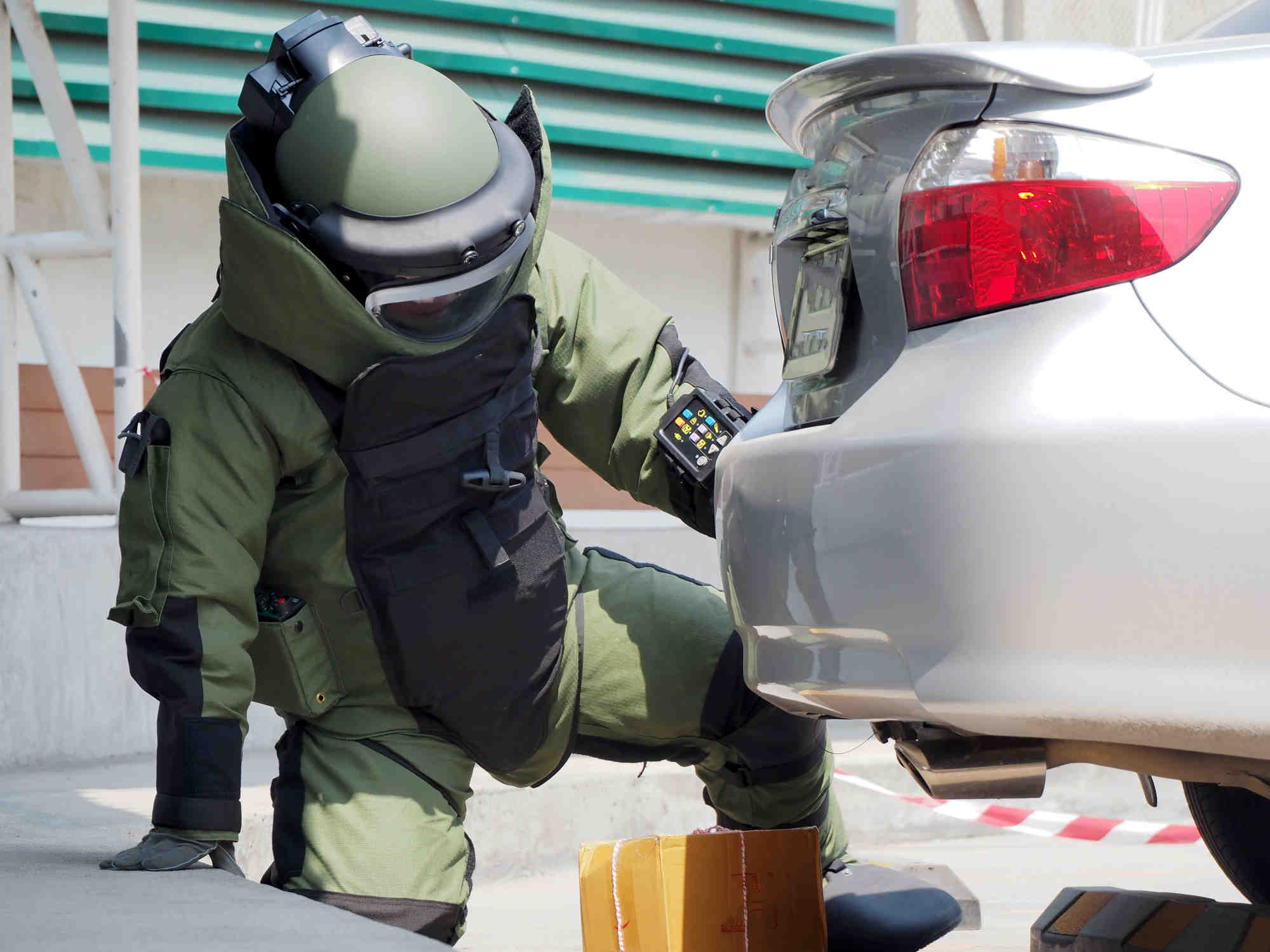Applications
Today, truly sentient autonomous robots and virtual agents don't exist. There are no robots that learn from experience so that they can take on useful work assigned by humans. Even today's best robots, with natural-looking gait, are limited to fixed-function applications programmed by the customer using a software development kit. The customers of tomorrow will not be early adopters-- they will be main stream users of robotics in the same way that humans today are main stream users of smart phones. The missing ingredient limiting today's robots is autonomy through synthetic sentience.
Synthetic sentience is a hard thing to build, and sometimes even harder to recognize, and promote. It will require the careful crafting of real-time brain models that can be run in robots. Robots using this technology also have to be taught, just like humans are taught how the world works as kids. Unlike humans, the experience gained by robots can be replicated across any number of individuals. While there is a high cost of entry, the rewards are massive. NeuroSynthetica has invested in the development of its real-time synthetic brain simulation technology to allow for the crafting of working brain models. NeuroSynthetica seeks to partner with robot manufacturers to help them integrate the technology into their next generation of highly-capable robots that will replace today's fixed-function robots.





